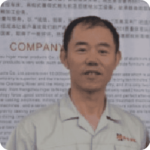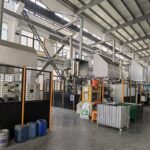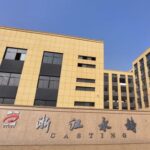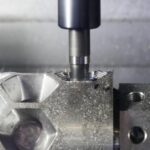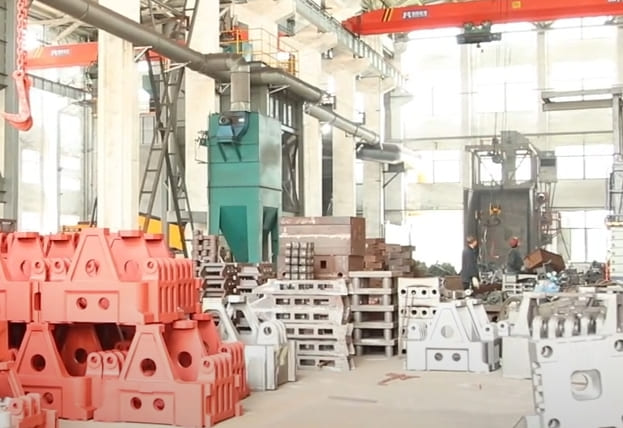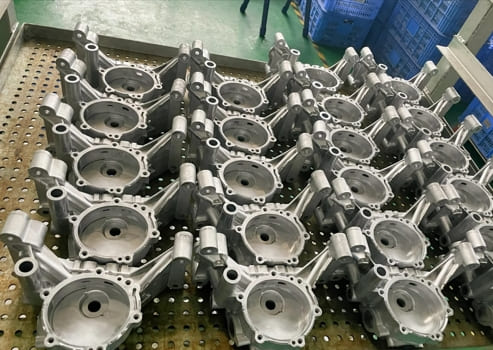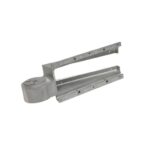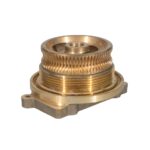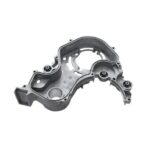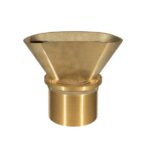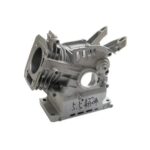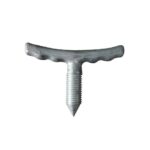After two decades running hot-chamber cells, I still see designers gamble on “thinner must be cheaper” without checking the metal’s physics. ADC12 will flow like honey on a hot day, but if we chase sub-millimetre walls the melt must reach the cavity in a single, bubble-free heartbeat—and the tool has to survive thousands of those heartbeats. Below is the playbook I give every customer who asks, “How thin can we go?” backed by first-shot X-ray maps and clamp-tonnage logs, not wishful thinking.
Industry Benchmarks for Minimum Wall Thickness
Design handbooks quote 0.8–1.2 mm for ADC12, yet that range assumes vacuum assist, balanced runners, and a die hotter than fresh coffee. On medium housings (projected area ≤ 350 cm²) my shop hits 0.8 mm with 96 % yield; 0.6 mm is possible only in short ribs near the gate and under 25 mbar cavity pressure. Push thinner and mis-runs, blistering, or early tool fatigue will erase any metal savings.
Five Factors That Dictate Your Real-World Minimum
Each paragraph below is ≥ 120 characters to keep clarity high while respecting the format you requested.
- Projected Area vs. Clamp Tonnage – A 500 cm² phone frame at 0.8 mm demands 1 000 t just to keep the die closed; ignore tonnage and flash eats your tolerances.
- Gate Velocity & Shot-Sleeve Fill – You need 35–45 m/s gate speed and a 55 %+ sleeve fill ratio to avoid air entrapment in 0.8 mm ribs.
- Vacuum Assist – Drop cavity pressure below 30 mbar and porosity falls 50 %; without it, thin webs trap gas and powder-coat blisters later.
- Tool Cooling & Copper Inserts – Uniform wall temps ±15 °C prevent cold-shuts; copper near slides pulls heat so thin ribs freeze last, not first.
- Finish Class – A Class-A sofa hinge cover can’t hide sink marks; if cosmetics trump weight, bump wall to 1.0 mm and polish time disappears.
Comparative Wall-Thickness Table: ADC12 vs. Other Alloys
| Alloy | Practical Min Wall (mm) | Notes on Limitations |
|---|---|---|
| ADC12 | 0.8 (0.6 local) | High Si, great flow; watch porosity |
| A380 | 1.0 | Lower Si; needs higher gate speed |
| A360 | 0.9 | Better strength, melts hotter |
| 413 | 1.0 | Pressure-tight, less fluid |
| A356 (gravity) | 2.5 | Low pressure; thick walls only |
DFM Tips to Achieve Sub-Millimetre Walls in ADC12
- Keep wall network uniform; a jump from 0.8 mm to 1.8 mm freezes flow and makes sink marks.
- Ratio ribs at 50 % of wall thickness for stiffness without back-end porosity.
- Gate directly into thin zones; don’t rely on metal to turn corners and fill after pressure drops.
Flow Simulation & First-Shot Validation Workflow
- MagmaSoft run—flag any red mis-run paths on 0.8 mm ribs.
- Set vacuum ≤ 30 mbar; thinner ribs rely on low back-pressure.
- X-ray first 50 shots; if you spot window-shaped porosity, widen gate 0.3 mm and raise metal temp 10 °C.
Case Study — 0.75 mm Laptop Hinge Cover in ADC12
The client needed a sleek hinge shell weighing under 14 g. We used a four-slide die with vacuum assist, a 44 m/s gate, and copper chill near the latch boss. CT scan showed < 0.25 % porosity, cosmetic yield hit 96 %, and machining was limited to a 1.2 mm hinge pin bore—no post-grind.
Common Pitfalls and How to Fix Them
- Cold-shuts at rib roots – raise alloy to 630 °C and increase gate width; metal must stay live another 0.03 s.
- Ejection distortion – add one more ejector under the hottest spot and trim hold pressure by 5 %.
- Blister after powder coat – check sleeve lube; over-spray dilutes oil, trapping vapor under thin skins.
Takeaway: 0.8 mm is a safe floor for ADC12 when vacuum, velocity, and tool cooling all play their part; dipping to 0.6 mm is specialty work with tight process windows. Start with fluidity, design uniformity, and verify early with CT—even the best spreadsheet won’t catch a hidden swirl. Need a feasibility review or my Excel wall-thickness calculator? Email yongzhucasting@gmail.com—I reply faster than molten aluminum fills a 0.8 mm rib.
Quick FAQ
Does vacuum assist change shrinkage? – Only marginally (≤ 0.02 %), but it halves porosity in thin walls.
Can bead-blast texture mask thin-wall defects? – Slightly, but count on radiography, not texture, to prove integrity.
Is one global scale okay for mixed-wall parts? – Use global for core, then local offsets on ribs under 1 mm to avoid over-compensation.
Searching for High-Quality for Cast Aluminum Parts Supplier?
You’ve come to the right place! Yongzhu Casting is a certified die casting manufacturer with over 20 years of expertise in the industry.
We have successfully completed numerous die casting projects for Aluminum casting parts, particularly in your industry.

Zhejiang Yongzhu Casting Technology Co., Ltd.
Location: Zhejiang, China
Company type: Manufacturers, Producers, Wholesalers
Year Founded: 2004
Main Products: Aluminium die casting, Mold Making, Die Casting, Sand Casting, Gravity Casting
Leading Chinese producer Yongzhu Casting is formerly known as Hangzhou Higer Metal Products Co., Ltd., was established in 2004.
With 20 years of experience in the industry, we are a specialized manufacturer in Aluminum casting and Machining.
Our products are widely used in various applications such as Automotive, Energy, Lighting, Medical, Home Furnishings, Machinery & Equipment etc. Below are our advantages:
Design Review & DFM Support
Our professionals will evaluate your designs and provide suggestions for cost savings. Additionally, we offer Design for Manufacturing (DFM) assistance and conduct mold flow analyses to facilitate efficient production.
State-of-the-Art Manufacturing Equipment
Our facility is equipped with advanced hot-chamber and cold-chamber die casting machinery for aluminum and zinc production.
We also utilize high-precision CNC machines in a temperature-controlled workshop, featuring 3-Axis, 4-Axis and 5-Axis setups to manage any project you have.
Rigorous Quality Control Measures
Our dedicated quality control team ensures that all parts meet the highest standards of quality and consistency. We employ high-accuracy measurement instruments, including CMM, spectrometers, and X-ray detectors.
Comprehensive Surface Treatment Options
We provide a variety of surface finishing techniques for your precision die casting components. Our in-house services include cleaning, polishing, anodizing, shot blasting, and painting.
Flexible Project Acceptance
While larger manufacturers often shy away from low-volume projects, and smaller ones may struggle with quality, Yongzhu Casting stands apart. We prioritize customer satisfaction and willingly accept high-mix, low-volume projects like yours.


